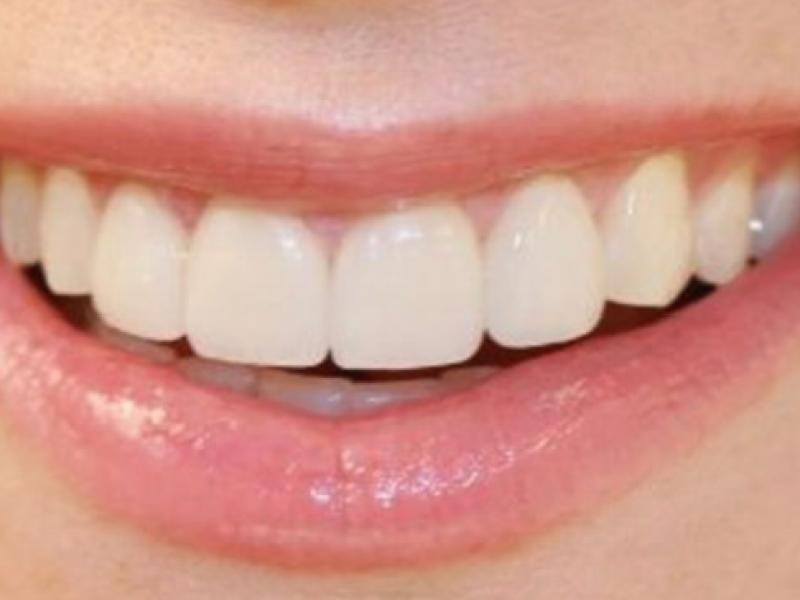It is the main branch of science that deals with the tissues surrounding the teeth, inflammatory diseases and their treatment. Periodontal diseases, which are also called gum disease diseases, are important bacterial infections that attack the gums and surrounding tissues. If they are not treated, the disease progresses and if the bone under the teeth is affected by infection, the bone may no longer be able to hold the teeth in place. Periodontal disease is not usually painful, so there are many individuals who are sick but not aware of it.
A dentist who specializes in periodontal disease is called a periodontist.
What Diseases Does It Diagnose and Treat?
Before any repair to be made in the mouth, maximum attention and care should be taken to ensure the periodontal health is in place. Periodontology treatment is not just about preventing and eliminating diseases. Before prosthetic applications, it also deals with the preparation of hard and soft tissues around the tooth. For this purpose, plastic surgery processes are applied. The levels of over-appeared gingiva are corrected, color harmony is organized, crown lengthening processes are performed to increase the retention of crown bridge repairs, exposed root surfaces can be closed with various plastic surgery processes, congenital anomalies can be corrected, and a harmonious soft tissue reinforcement and transition can be provided in aesthetic dentistry applications. These processes are extremely sensitive processes that sometimes require working under the lens and sometimes with a microscope. In addition to these processes carried out by periodontology specialists, implant surgery, the creation of the infrastructure of implant-supported prostheses, plastic surgery processes, the implementation of preventive measures for the long-term healthy use of implants, the necessary attempts to eliminate infections around the implant, the application of bone grafts, the application of regenerative treatments. It enters the field of application of periodontology.
It is an inflammatory disease characterized by the destruction of teeth and their supporting tissues (periodontal ligament, cementum, alveolar bone). Gingivitis has progressed to the alveolar bone (jawbone). The main cause of periodontitis is bacterial plaque and can be treated mechanically. However, genetic, environmental and systematic factors can also be a factor in the formation of the disease. Systemic factors include diabetes, cardiovascular diseases, epilepsy, Down syndrome, AIDS, blood diseases.
The first symptom of periodontal diseases, which are common in society, is bleeding in the gums. The gingiva is red, swollen and has a shiny surface. Many times, these symptoms are accompanied by bad breath, itching in the gums, a feeling of bleeding, and sensitivity in the teeth.
Periodontal diseases can affect people of all ages from childhood to old age with different severity. Since the patient does not have any complaints about pain more than once, it can progress without any symptoms. When the patient complains, the healthy, caries-free teeth are lost by shaking due to the losses in the reinforcement tissues.
What are the Symptoms of Gum Diseases?
The Most Common Symptoms of Gum Diseases Are:
-
Red, swollen, tender gums
-
Bleeding while brushing
-
Receding gums (gums moving away from the teeth)
-
swinging teeth
-
Persistent bad breath
-
Pus in the middle of the teeth and gums
-
Change in bite and jaw alignment
-
What are the causes of Gum Diseases?
As with many other oral health conditions, bacterial and plaque buildup is often the main cause. Other factors that can cause gum disease include:
-
Genetic
-
lifestyle and habits
-
Nutritionally poor diet
-
Smoking and chewing tobacco
-
Autoimmune or systemic diseases
-
Diabetes
-
Hormonal changes in the body
-
teeth clenching, grinding
-
some drugs
-
excessive alcohol consumption
What are the types of periodontal disease?
Gum diseases are generally classified according to the stage of the disease.
gingivitis. This is the mildest form of gum disease and is also called bleeding gums. Gums are likely to be red, swollen and tender. Your gums may bleed easily during daily brushing. Treatment by a dentist and appropriate, regular care in the home will help resolve these issues.
Mild periodontitis. Untreated gingivitis can lead to mild periodontitis. At this stage of gum disease, the formation of periodontal pockets is observed. These pockets are formed in the middle of the teeth and gums as a result of the recession of the gums. This can cause the loss of bone around the teeth. Immediate dental care is required to prevent bone resorption and gum damage.
Moderate and advanced periodontitis. This stage is the most advanced stage of the disease, as a result of gingival recession surrounding the teeth, periodontal pockets deepen and bone loss occurs. At this stage, the teeth begin to wobble and may need to be extracted.
What are the Treatment Methods?
Treatment may include any one or a combination of the following:
Removal of tartar and plaque under the gums. The dental cleaning that your dentist will perform allows the removal of tartar and plaque under the gums and infected tissue in the early stages of the disease. It also corrects the damaged root surfaces of the teeth.
Medicines. Antibacterial drugs can be placed topically in periodontal pockets or oral medications can be taken.
Surgical. In cases where the disease progresses, the infected areas under the gums will be cleaned with surgical approaches, and the tissues will be reshaped or replaced.
The main aim of periodontal treatment is to keep the seemingly hopeless unhealthy teeth in the mouth. Different treatment systems are applied according to the type and severity of the disease. These; First of all, it can be summarized simply as oral hygiene education, calculus removal, root surface straightening, regenerative, reconstructive and mucogingival operations. At the same time, providing gingival aesthetics for individuals with a high smile margin is also within the scope of periodontal treatment.

